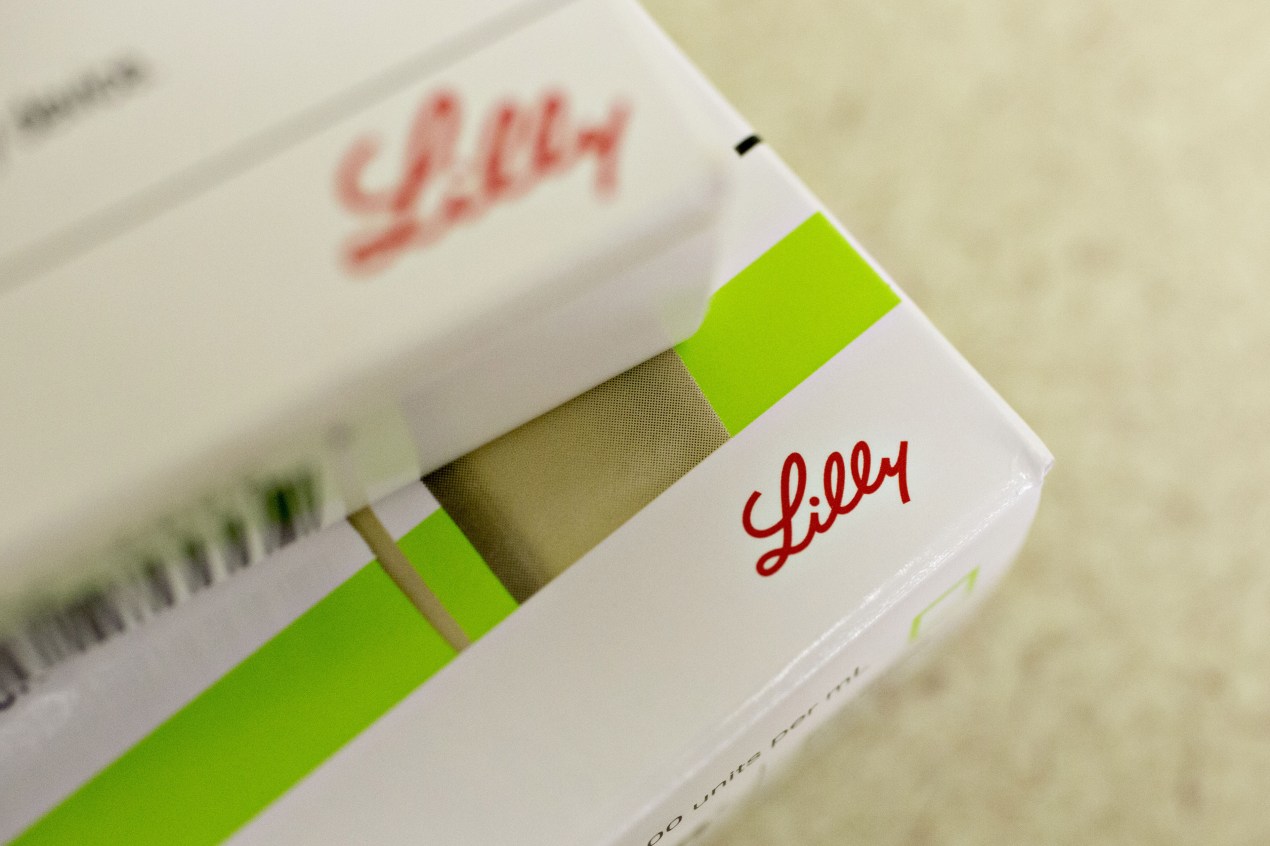When drugmaker Eli Lilly announced Wednesday it will slash the list price for some of its insulin products following years of criticism from lawmakers and activists that the price of the lifesaving hormone had become unaffordable, the news raised questions about what will happen to other efforts to provide low-cost insulin.
Civica, a nonprofit drugmaker based in Utah, for example, has said it plans to begin selling biosimilar insulin for roughly $30 per vial by 2024 — $5 more than the new price of Eli Lilly’s generic insulin.
In December, billionaire entrepreneur Mark Cuban said his new company, the Mark Cuban Cost Plus Drug Co., planned to sell low-cost insulin. And California is poised to launch an ambitious program to manufacture its own brand of the hormone, as well as generics of other high-priced prescription drugs.
Drug pricing experts welcomed the Eli Lilly news, predicting the move won’t undercut those efforts. And these other initiatives to bring lower-cost insulin to market, in turn, would put pressure on Eli Lilly to keep its prices down. Together these will help, not hamper, what could become a race to the bottom on insulin prices.
“The more competition, the more stable this solution will be so that five to 10 years from now the prices won’t go up again,” said Dr. Vincent Rajkumar, a Mayo Clinic oncologist who has been a critic of high drug costs.
The pressure could cause further ripples. Following Eli Lilly’s news, Sen. Bernie Sanders (I-Vt.) sent letters to the two other major insulin makers, Sanofi and Novo Nordisk, calling on them to follow suit.
People with diabetes, especially those with Type 1 who need the drug to survive, will benefit. Yet even while some of Eli Lilly’s persistent critics praised the move, they noted work remains to make insulin widely affordable.
“Additional competition and other accountability moves are still incredibly necessary because the companies can raise their list price again at any time,” said Elizabeth Pfiester, founder of T1International, a nonprofit that advocates for people with diabetes. “That’s why the government also needs to regulate insulin manufacturers to hold them accountable.”
Cuban’s company did not respond to requests for comment on how the Eli Lilly cuts might affect its efforts. But Civica’s plan remains unchanged following the news, said spokesperson Debbi Ford.
“From the beginning, we have said we are not entering medicine markets for market share,” Ford said. “We are participating for market impact.”
Democratic California Gov. Gavin Newsom tweeted Wednesday that “sky high prices for insulin have put it out of reach for too many” and his state will manufacture its “OWN insulin and ensure all who need access to this medicine” can afford it.
“Now, Eli Lilly is lowering their cost,” Newsom wrote. “Let’s keep it up.”
Last year, California lawmakers approved $100 million for the state to contract for cheaper insulin and make the lifesaving drug, cutting out drugmakers and go-between companies that add to the price consumers pay. Newsom has said that California’s insulin would be available “at a cheaper price, close to at cost.” Officials haven’t said when the state’s insulin will be available, though, or exactly how much it will cost.
“California’s goal was to get competition into the market however they can manage it,” said Robin Feldman, a professor at the University of California College of the Law-San Francisco who studies the insulin market. “If California’s entry results in bringing prices down from other manufacturers, that will be a good thing.”
Eli Lilly’s price cuts apply to what it described as its “most commonly prescribed” insulins, but Feldman noted those are older insulin products. Although California officials haven’t released details about which insulin products would be included in its program, Feldman said she expects the state will offer a variety to cover the market.
“It’s not aimed at any one company or any one drug,” she said. “It’s aimed at making affordable insulin available to market and putting pressure on other companies.”
Washington and Maine are also exploring ways to bring cheap insulin to consumers, and large insurance companies pledged millions in an agreement with Civica to manufacture cheaper insulin.
The cadre of newcomers aim to break open the insulin market because three pharmaceutical companies — Eli Lilly and Co., Sanofi, and Novo Nordisk — have long dominated the U.S. insulin supply and allowed their prices to escalate. The price of one of Eli Lilly’s products, for example, rose from $21 to $255 per vial between 1996 and 2016.
St. Louis University law professor Dr. Michael Sinha said Eli Lilly may have seen a threat from the discount insulin initiatives.
“This might be a response to some of those initiatives and the looming threat of really steep losses in terms of market share,” Sinha said.
University of California-San Diego pharmaceutical professor Inmaculada Hernández offered another possible reason for the price cut: changes to how drugs are paid for by Medicaid.
Beginning in 2024, Hernández said, drugmakers could be on the hook to pay fees, known as rebates, to Medicaid for drugs like insulin that have had steep price hikes. By lowering the list price of insulin, Eli Lilly could avoid those costs, Hernández said.
Hernández said that understanding the incentives behind Eli Lilly’s decision to cut list prices could help lower the price of other drugs that patients have trouble affording. If the makers of those other drugs also slash their list prices ahead of 2024, it could show the effectiveness of the new federal policy. If they don’t, it might underscore the importance of factors unique to insulin like public pressure by politicians and activists or market competition from initiatives like California’s.
This story was produced by KHN, which publishes California Healthline, an editorially independent service of the California Health Care Foundation.







